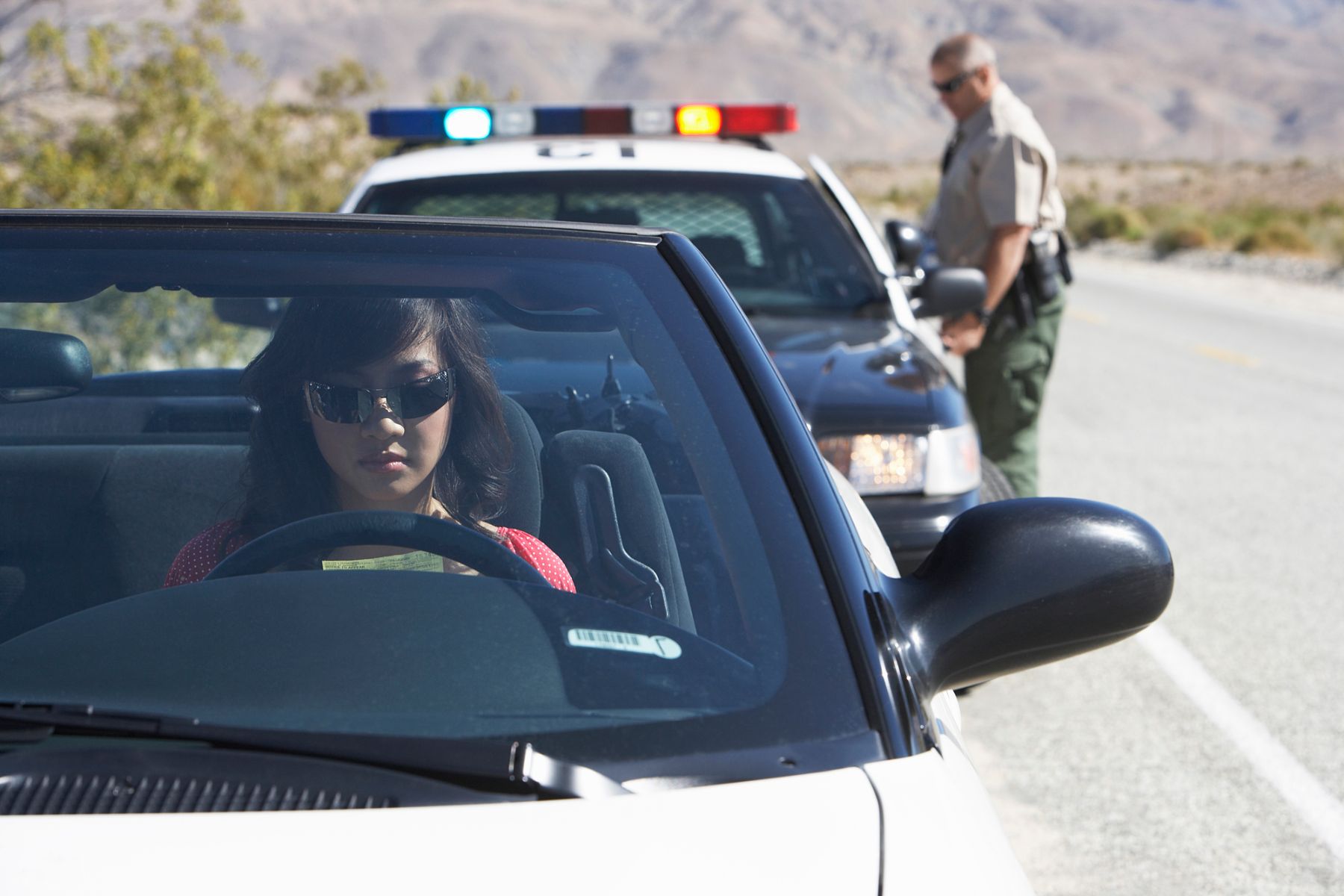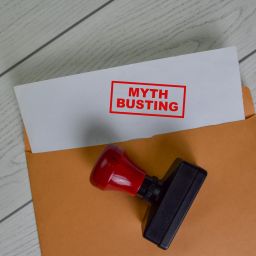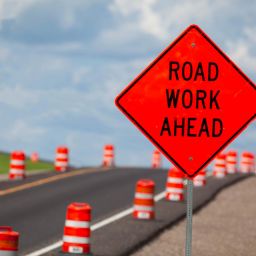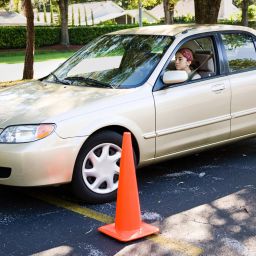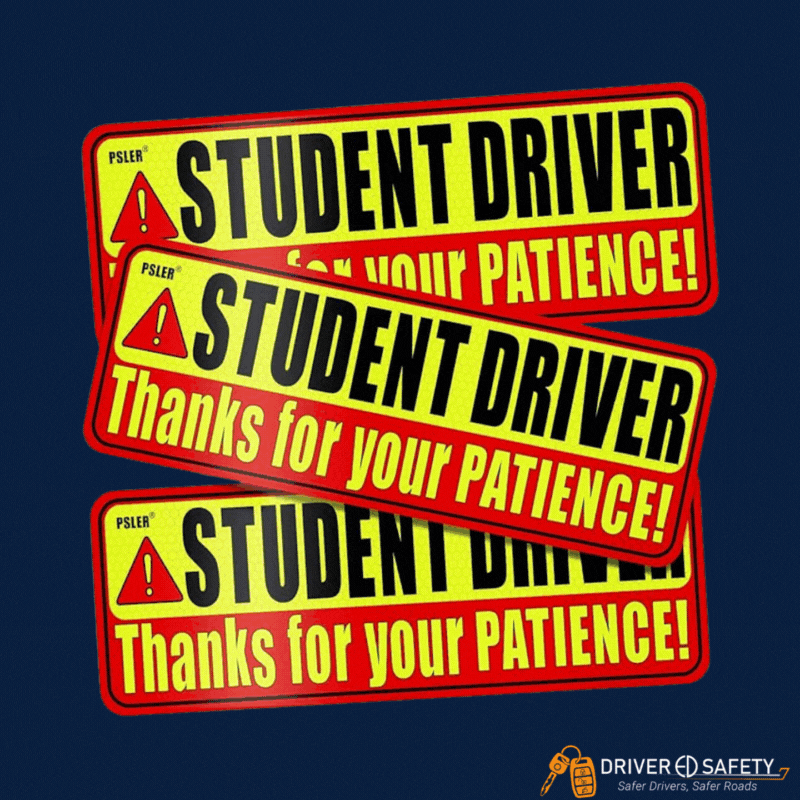
Nothing kills the vibe quite like returning to your car after a fun outing only to find that dreaded slip of paper on your front windshield… a parking ticket. As a new driver, parking itself can be tricky even without the added stress of a ticket. Before you get behind the wheel, it’s essential to understand how to park legally in any scenario so you’re not greeted with a ticket, a hefty fine, or worse—a towed car.
Parking laws and regulations exist, like all other rules of the road, for our safety. Parking in an illegal spot can minimize visibility for yourself or other cars, prevent emergency vehicles from performing life-saving tasks, or block traffic altogether. There are countless reasons why illegal parking is detrimental on the road. Parking tickets exist to hold drivers accountable. Let’s discuss different scenarios that leave you vulnerable to parking tickets, and then we’ll cover how to avoid them.
Parking Violations
Parked For Too Long
It might be a legal parking spot when you originally parked your car, but certain spots have specific time allotments to follow to avoid a ticket. Depending on the spot, a good rule of thumb is to always read the signage where you park.
If it’s paid parking and your meter expires, you’re now vulnerable to ticketing. Some signage has specific dates and times that vehicles can park in that spot. Some spots are labeled “2-hour parking” for those making quick trips to that designated location. Overstaying your welcome in said spots could result in a ticket. Make sure to obey those hours and move your car when prohibited. Other spots or even parking garages forbid overnight parking. This is a surefire way to get yourself a ticket or a trip to an impound lot.
Blocking a Driveway or Entrance
Parking in front of a driveway or entrance that leads to a public street is illegal. It prevents people from using the driveway or entrance necessary for entry or exit. In Indiana, blocking either of these can result in a ticket or being towed.
Parking Near a Fire Hydrant
In Indiana, it’s illegal for a vehicle to be parked within 15 feet of a fire hydrant. Vehicles too close to fire hydrants prevent accessibility for the fire department in case of an emergency, preventing them from saving lives or property in time-sensitive emergencies.
Street Cleaning Hours
Street cleaning can be tricky if you’re not ready for it. While not every street utilizes sweeping services, busier, more central streets often have designated times when cars are prohibited from parking so a sanitation team can sweep the street. Parking during street cleaning hours can result in a ticket or towing. The schedule depends on the street, but it’s always on the same day, varying from once a week to once a month.
If a road has street cleaning hours that prohibit drivers from parking, there will be signage with schedule details you can refer to to ensure you’re abiding by the rules.
Parked Near a Loading Zone
Loading zones are for temporary stops and unloading. Not only is parking near one inconvenient to others, but it’s also illegal. You can spot loading zones with signage either on poles or written directly on the street in yellow paint.
Parking Next To Yellow Curbs
Yellow-painted curbs signal drivers they’re not allowed to park next to them. Yellow curbs are typically designated for commercial loading zones, allowing only delivery trucks and drivers to stop briefly and pick up or drop off goods. Yellow curbs are also placed in areas to maintain traffic flow in congested areas. You’ll sometimes find yellow curbs utilized in drop-off zones. Typically, along with a yellow curb is signage with further instructions for the driver.
Parked Facing the Wrong Way or Side of the Street
In Indiana, parking against the flow of traffic is a ticketable offense. When parking on a roadway, your car should be parallel to the curb, facing the same direction as the traffic flow. Additionally, the right-hand wheels of the car must be within 12 inches of the curb.
Similarly, parking on the wrong side of the street can also result in a ticket. Check for “No Parking” signage. Generally, cars park on the right side of the street, facing traffic flow, and parallel to the curb. However, you can’t always count on this. It’s best to read and follow signage every time you park.
Parking Too Close to a Stop Sign
Parking too close to a stop is prohibited and results in a parking fine. In Indiana, vehicles must be parked at least 30 feet away from stop signs. Not following this law obstructs the driver’s visibility and can cause accidents. This same rule applies to traffic lights and crosswalks for similar reasons. However, Indiana law states that vehicles must not be within 20 feet of crosswalks, compared to 30 feet for stop signs and traffic lights.
How to Avoid a Ticket
Now that we’ve reviewed common parking scenarios that result in a ticket, let’s talk about how to avoid them.
If you’re parking at a meter, keep spare change in your console or download the ParkMobile app for Indy so you can feed your meter remotely. It even alerts you when your time is up. Or, if you’re at a spot with a limited time restriction, set an alarm on your phone to ensure you don’t go over your allotted limit.
Use your hazards correctly. If you’re picking up or dropping off in a loading zone or prohibited parking zone, turn on your hazards. Hazard lights are not a loophole to leave your car vacant in an illegal spot. Doing this could still result in a ticket.
If you’re unsure about parking, read the signage surrounding the spot. It’s best to err on the side of caution. If you can’t be certain you’re parking legally, there’s likely a better spot to choose from.
Parking illegally is not only dangerous, it’s expensive. Parking fines can range from $25 to $100. If they go unpaid, it could result in an increase in insurance costs or further consequences. If you do get a parking ticket, pay it as soon as possible. Your ticket will have payment instructions, and options are available in person, on the phone, or online.
Learn How To Drive Safer with Driver Ed Safety
Parking is just one essential aspect of learning to be a safe driver. Driver Ed Safety offers an Online Course and Behind The Wheel lessons, teaching students how to develop defensive driving and behavior patterns to stay safe on the road. Get started today!
 We’re Upgrading! New Registration System Rolling Out Early 2026 — Stay Tuned!
We’re Upgrading! New Registration System Rolling Out Early 2026 — Stay Tuned!

